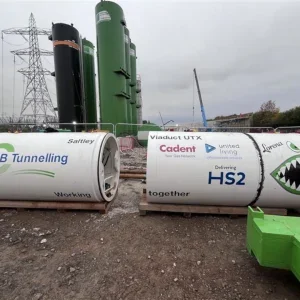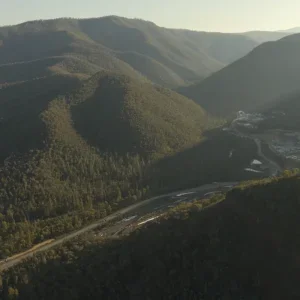Tideway’s TBMs finished excavating the main tunnel in the spring of 2022, and now, with the eastern section of the tunnel between Bermondsey and Stratford finished last week, secondary lining is complete on all 25km of the project.
This brings the Tideway project one step closer to delivery, as it looks ahead to activating the tunnel next year – diverting sewage away from the Thames and into the tunnel for the first time.
Gareth Howells, Tideway’s project manager for the tunnelling works in the eastern section of the project, said completing the secondary lining was not only a key construction milestone but also an important moment for creating a cleaner, healthier River Thames.
“Our work underground is largely complete, and this month we’ve also seen the full above-ground work finished and reopened at two sites in west London,” he said.
“We’re now focussed on harnessing this momentum and delivering a cleaner river from next year when, for the first time, this key piece of infrastructure will begin diverting sewage away from the Thames.”

Primary lining for the 7.2m internal diameter super sewer was created using four TBMs, while two smaller machines built the network’s two large connection tunnels in Greenwich and Wandsworth.
The completion of secondary lining in the main tunnel follows the reopening of two Tideway sites in west London – Putney and Barn Elms.
A joint venture between Costain, Vinci Construction Grands Projets and Bachy Soletanche is delivering the eastern section of the super sewer project.
The west section is being built by a joint venture of BAM Nuttall, Morgan Sindall and Balfour Beatty Group and the central section by Ferrovial Agroman UK and Laing O’Rourke.
Running mostly under the river at depths of 30-70m, the Tideway tunnel is designed to transfer sewage eastwards under gravity, intercepting the roughly 39 million tonnes of raw sewage overflows estimated to enter the Thames every year.







